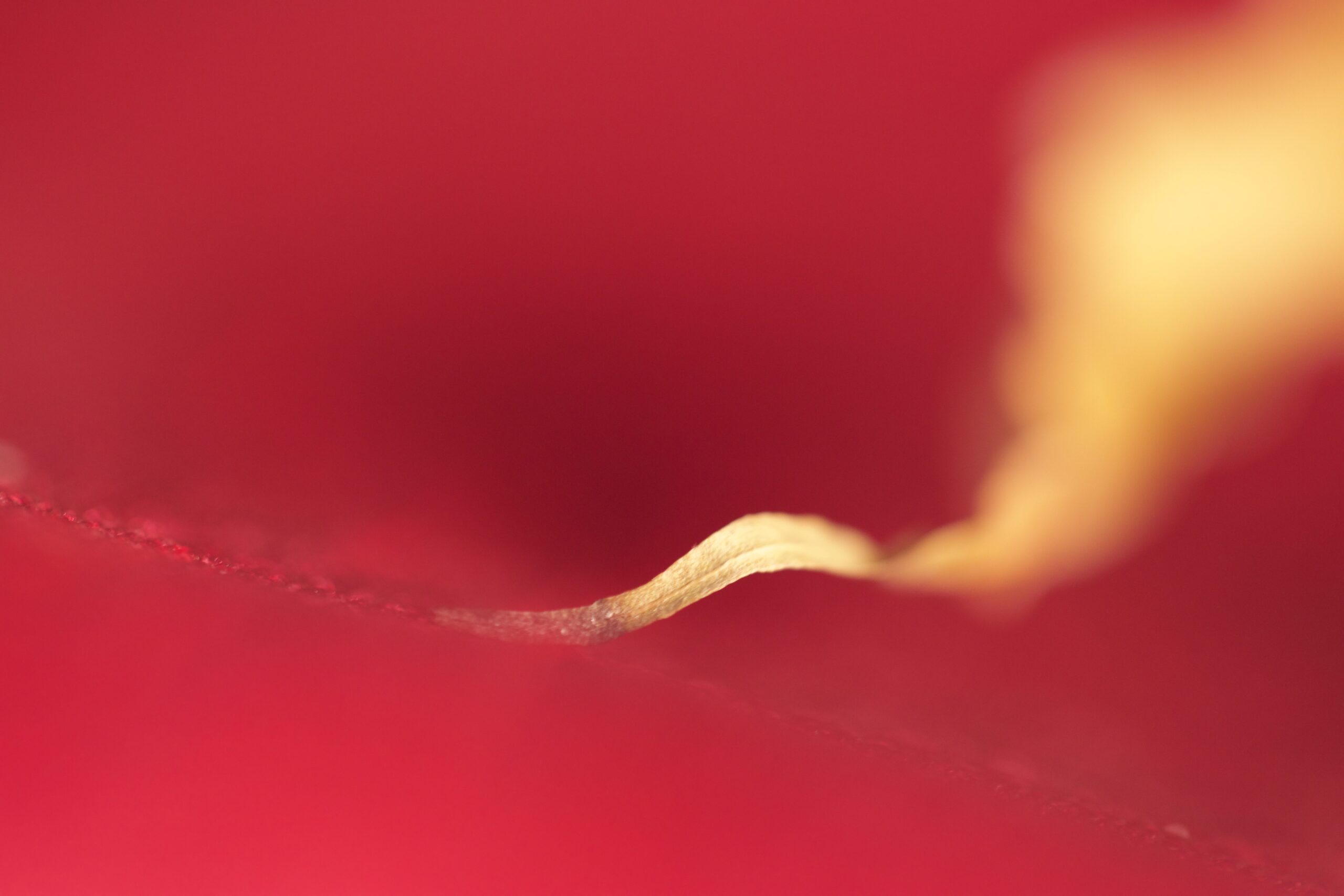OBSCURE
On a single day we are exposed to hundreds of images, whether on media or smartphones, billboards, paintings, etc. There is so much visual communication happening at our subconscious level that it makes us numb, to the point that we stop reacting. As an art photographer the challenge is more so because we look at any scene or person differently, as an image, composing and recomposing in our minds eye much before an image is even created. In fact it gives a unique ability to think differently. However, many times the uniqueness of the image gets hidden somewhere due to an over exposure of similar images and our state of mind after seeing thousands of perfectly clicked images. Somewhere we loose our identities and sometimes we find it.
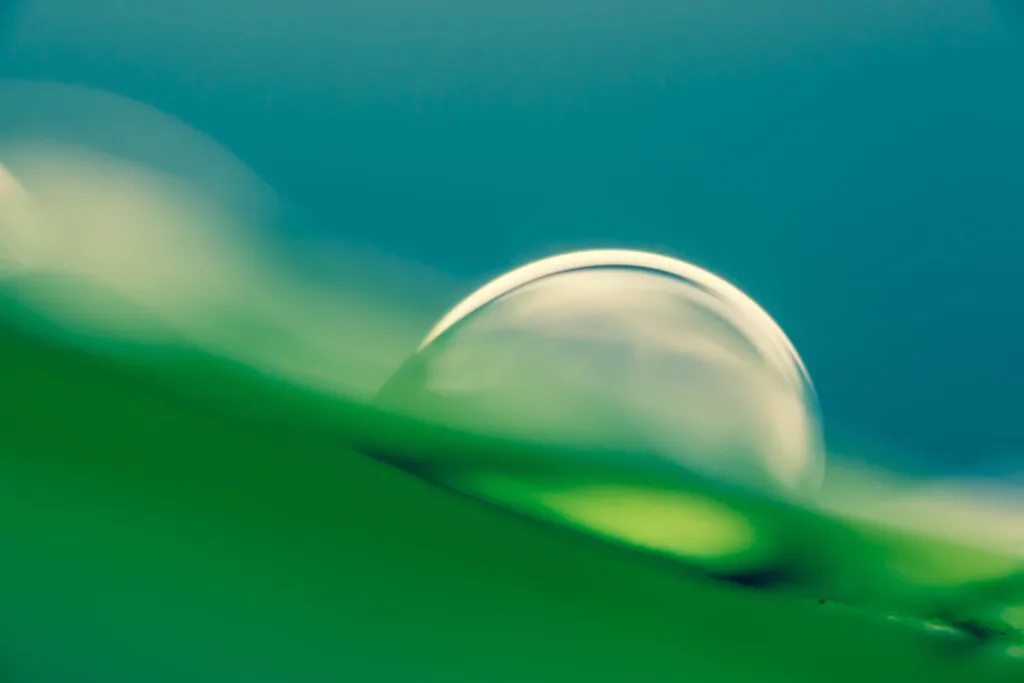
Feelings manifest in the material things. Everything that is visible is a manifestation of the invisible. What goes on inside us is manifested in our surroundings.
Abstract photography is about communication on an emotional level. The macro lens allows for such a vision to be created because of its ability to subtract the unwanted, to be ‘there’, in a minuscule bit of space, and without distraction.
In my series of abstact photographs, I have mostly used elements from nature, with their magnificence of color, textures and light purely for their own sake.
For several months I clicked, rather documented, flowers of all kinds. But the macro lens led me to explore further its unique abilty to come closer (yet isolated) and enticed me into its wonderful world of abstraction. My first series of abstracts explore color without boundaries, using the lowest depth of field possible. I have used any object I found for color with some elements of nature. The MP-E65mm lens stretched the limits of magnification to achieve the unrealistic blurring of boundaries.

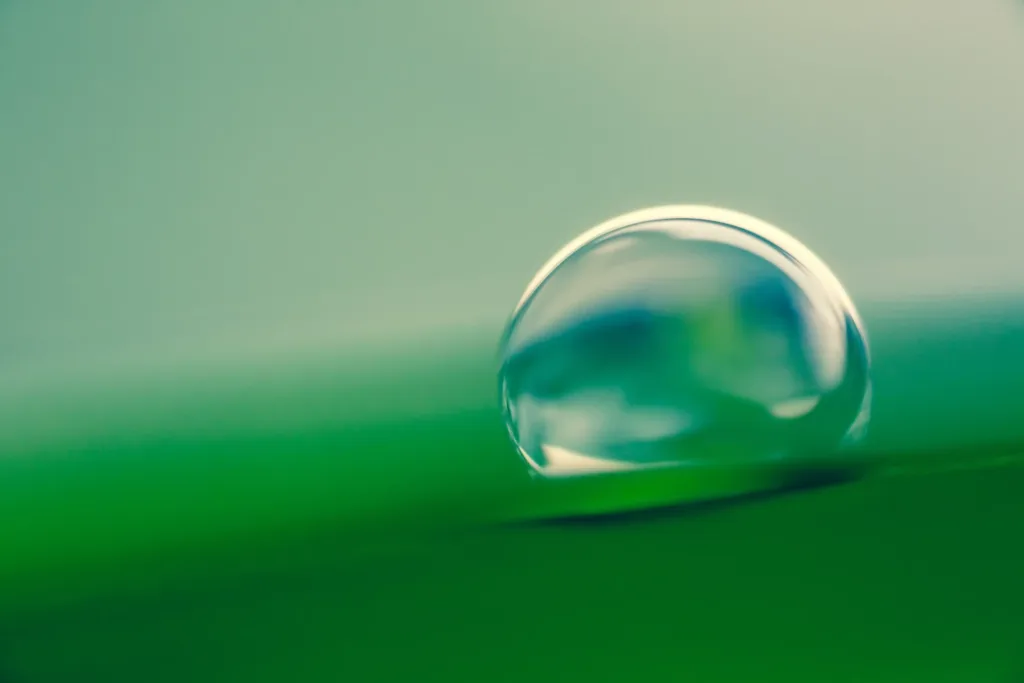
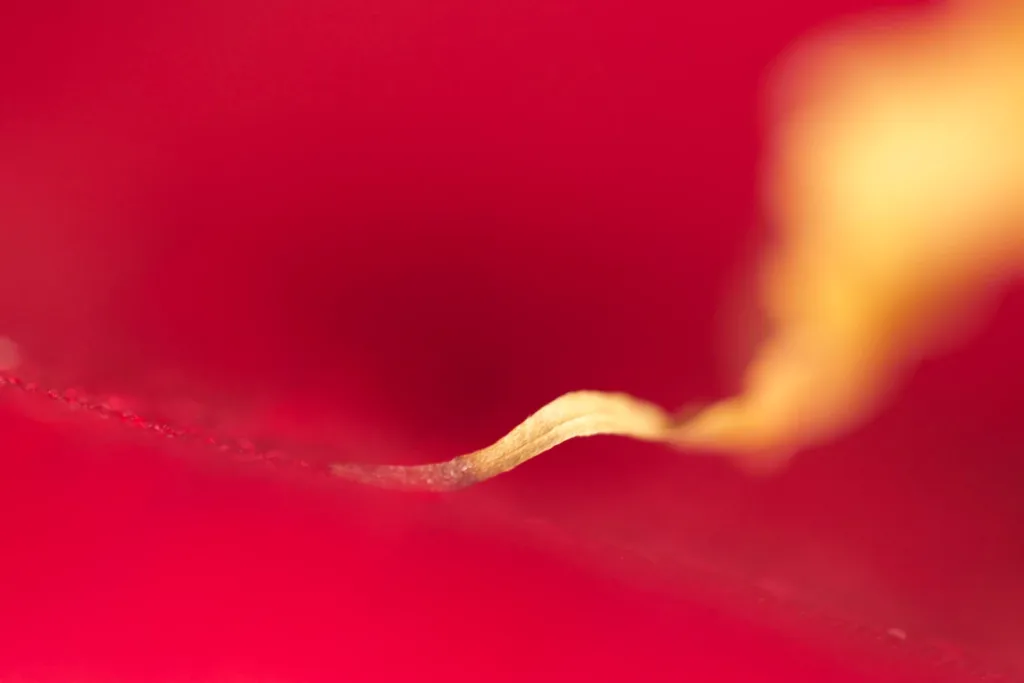
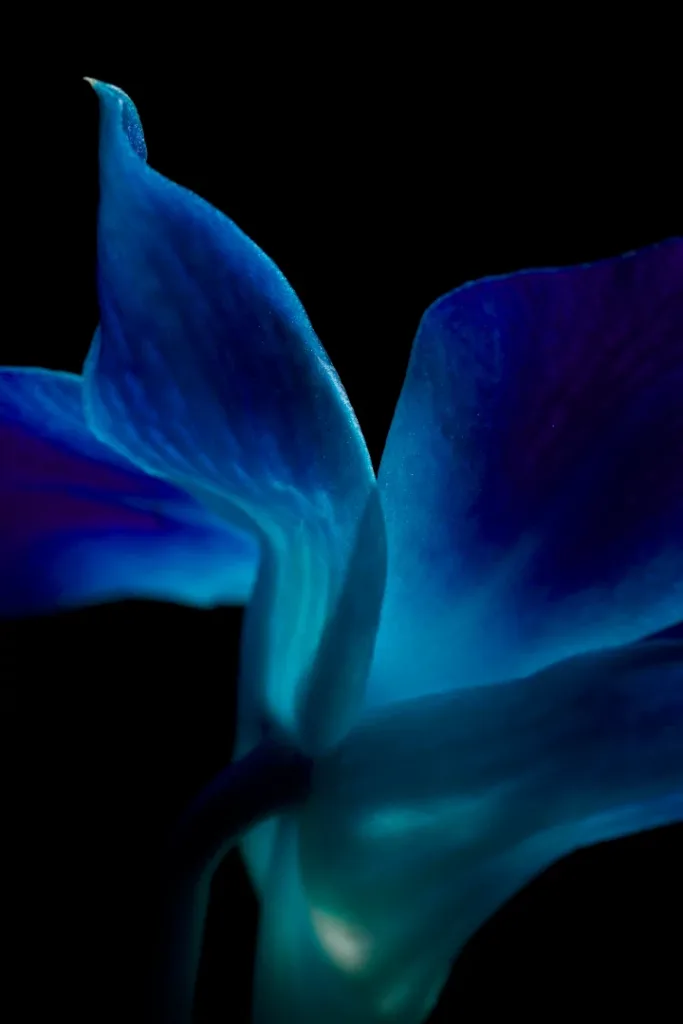

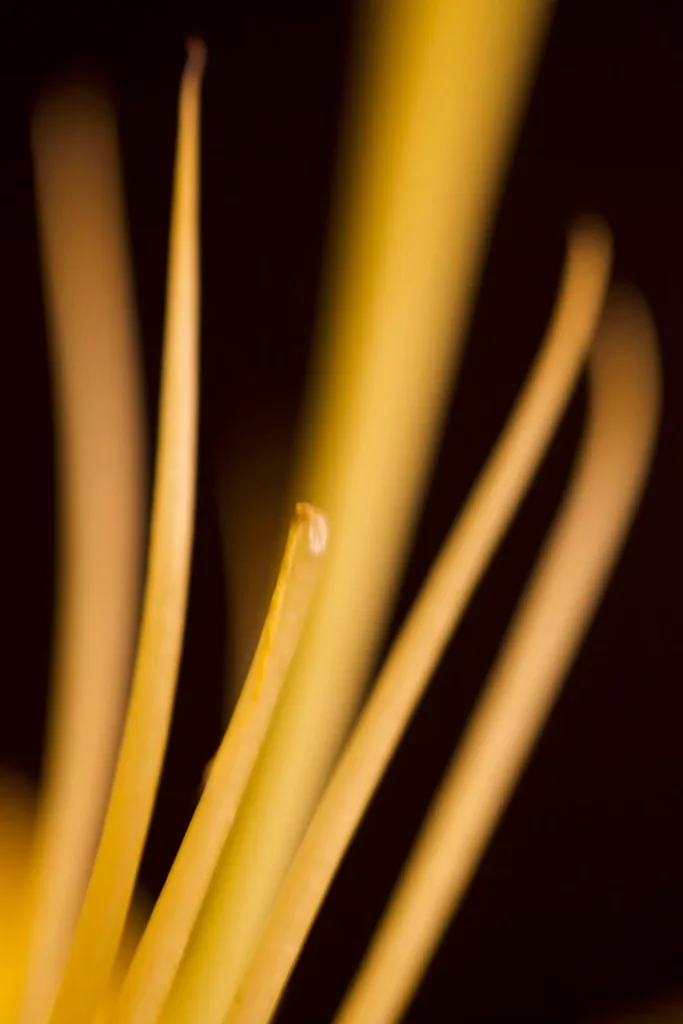
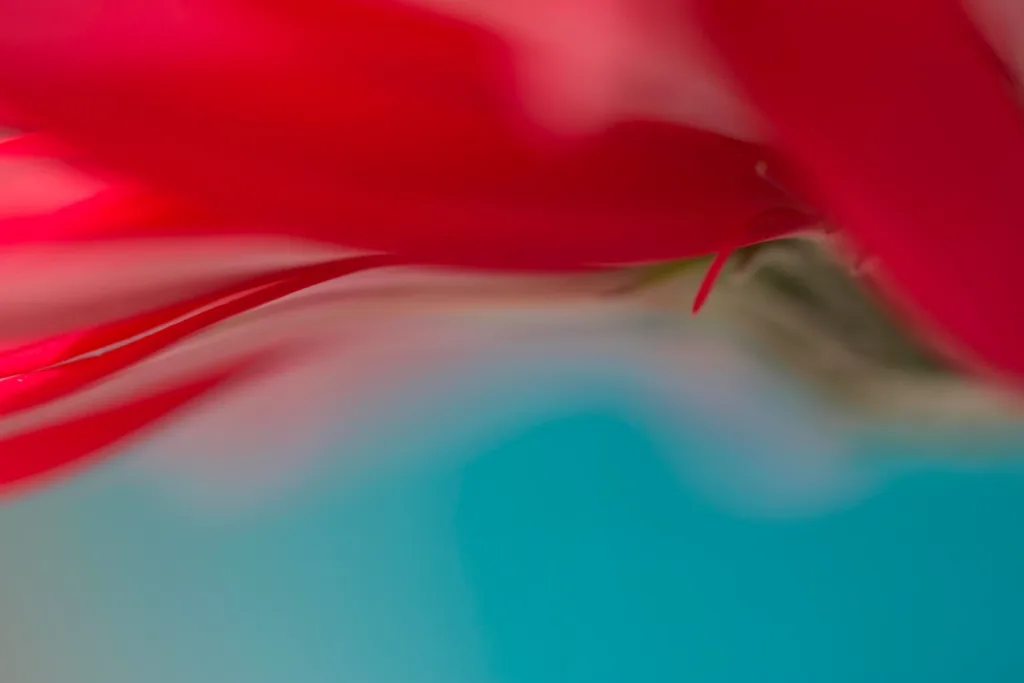
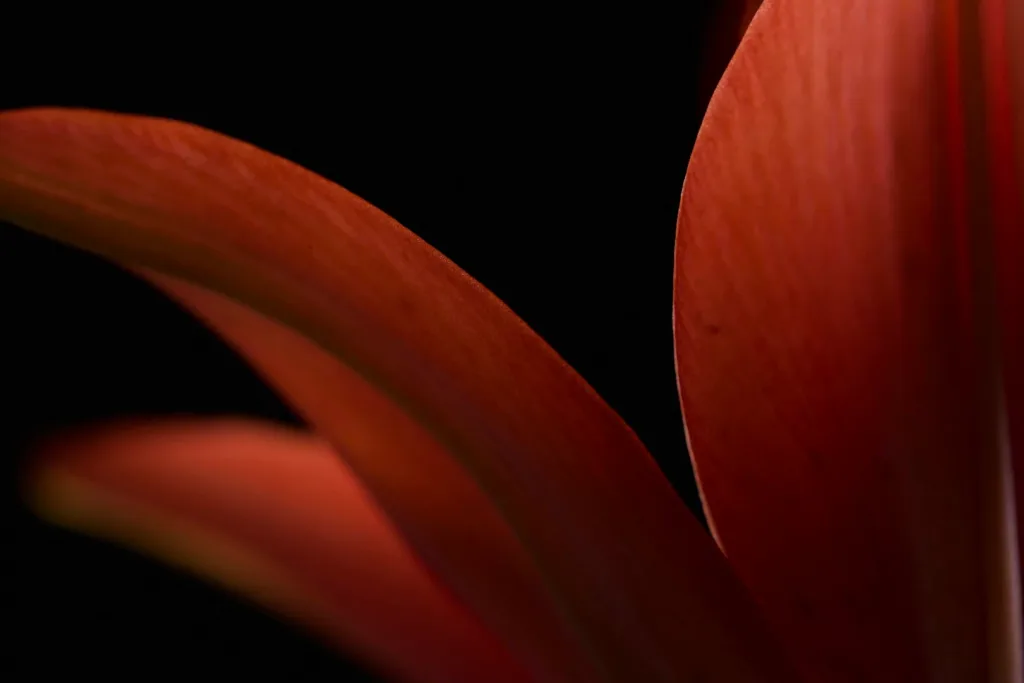

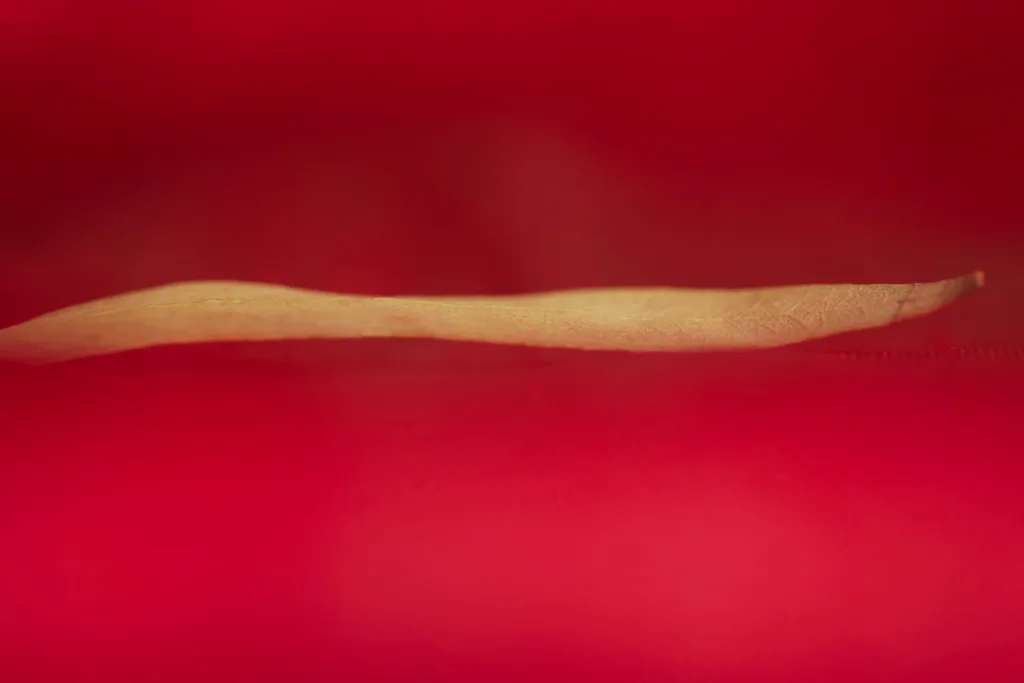
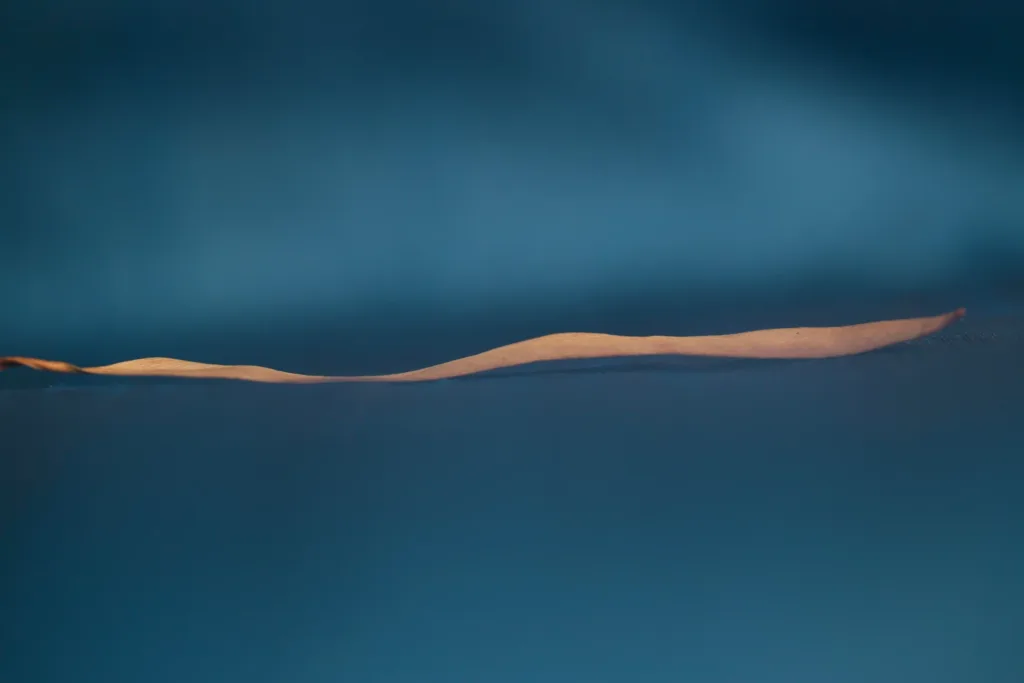
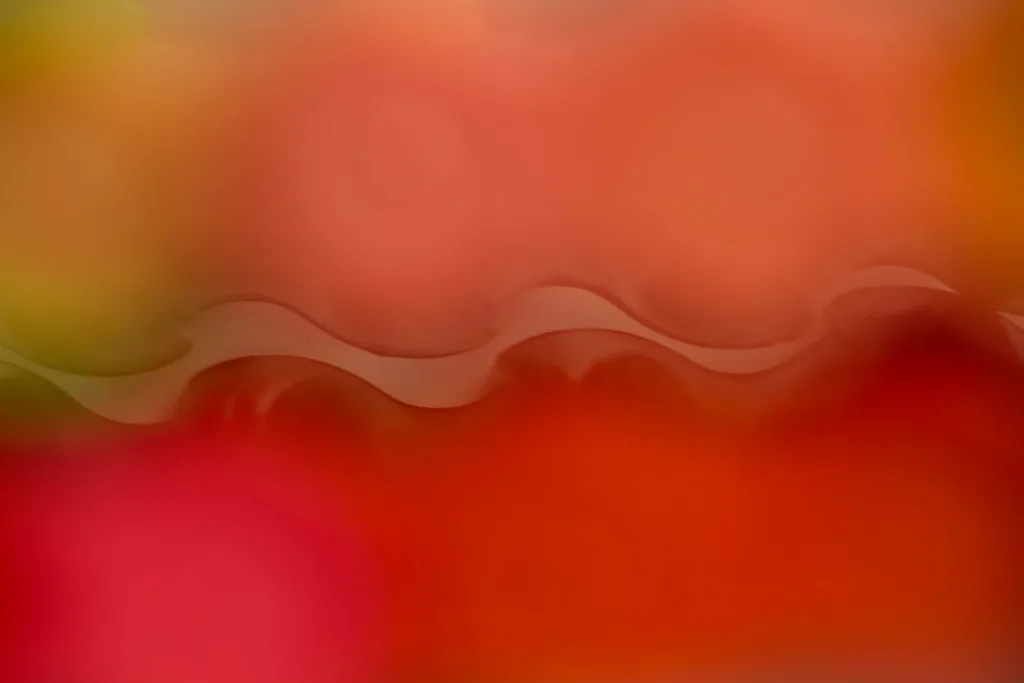

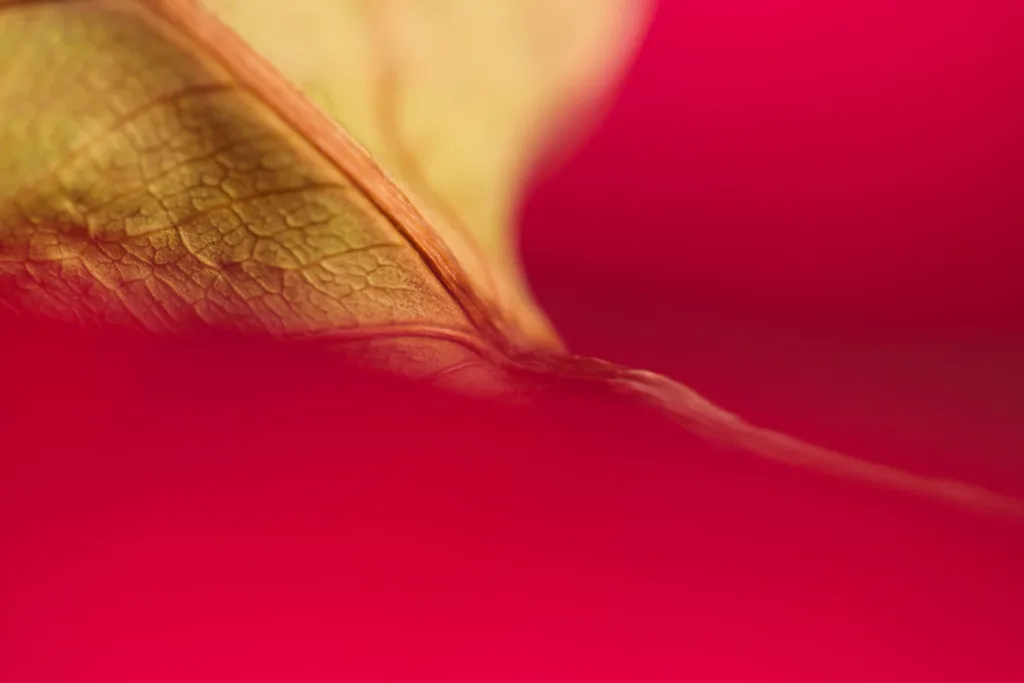














As photographer and professor of psychology John Suler, in his essay Photographic Psychology: Image and Psyche, said that “An abstract photograph draws away from that which is realistic or literal. It draws away from natural appearances and recognizable subjects in the actual world. Some people even say it departs from true meaning, existence, and reality itself. It stands apart from the concrete whole with its purpose instead depending on conceptual meaning and intrinsic form….Here’s the acid test: If you look at a photo and there’s a voice inside you that says ‘What is it?’….Well, there you go. It’s an abstract photograph.”
From photograms to chemograms in the 1970s to the widely accepted digital photography, abstract photography has now become limitless. It always is a transcendental experience for me to click abstracts.
In Germany and later in the U.S. László Moholy-Nagy, a leader of the Bauhaus school of modernism, experimented with the abstract qualities of the photogram. He said that “the most astonishing possibilities remain to be discovered in the raw material of photograph” and that photographers “must learn to seek, not the ‘picture,’ not the aesthetic of tradition, but the ideal instrument of expression, the self-sufficient vehicle for education.”
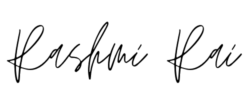
 Previous post
ONLY A FEW GOOD PICTURES
Previous post
ONLY A FEW GOOD PICTURES
 Next post
OFFSTAGE – PORTRAITS AT SURAJKUND MELA
Next post
OFFSTAGE – PORTRAITS AT SURAJKUND MELA

